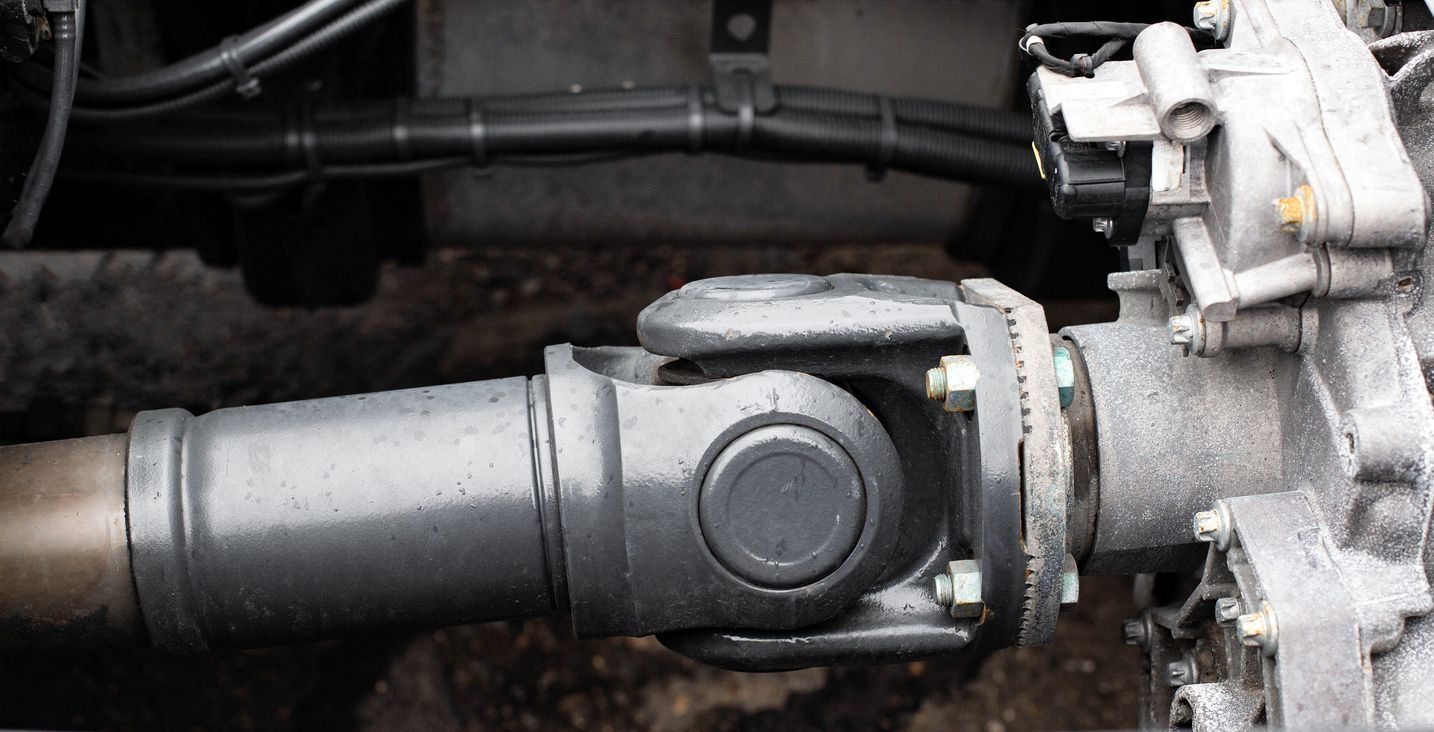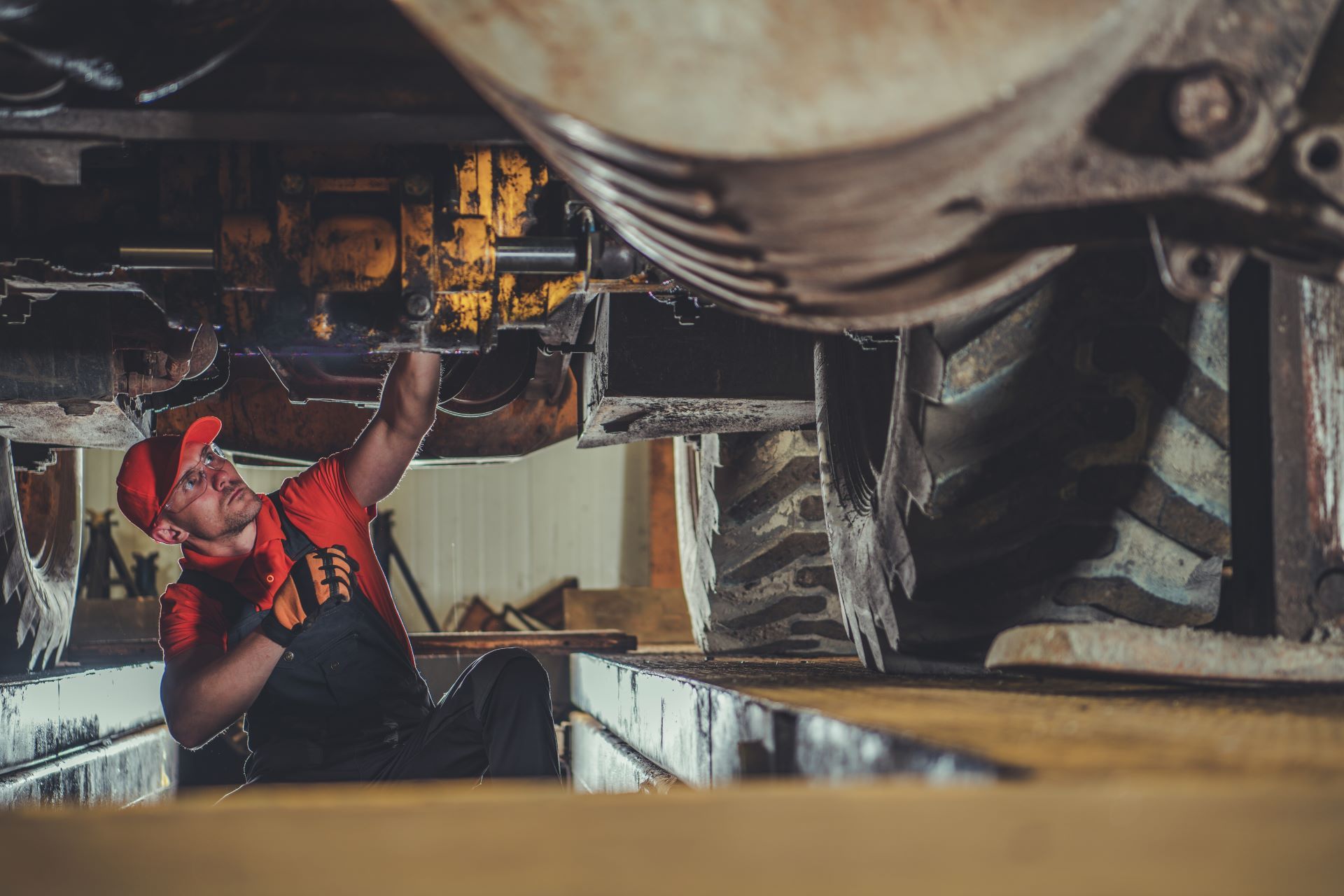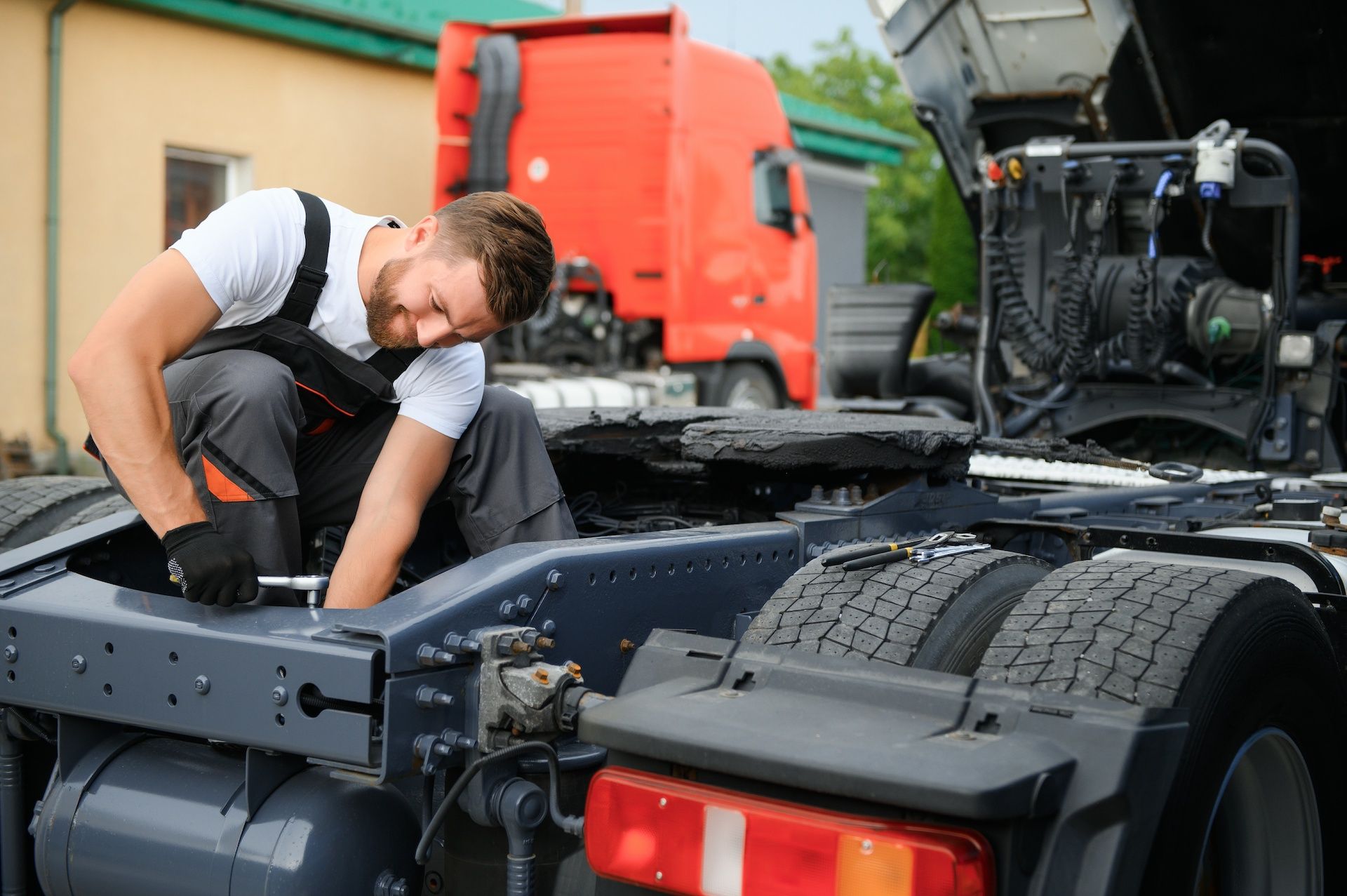How to Know if My Suspension's Torque Arm Is Working Properly
May 29, 2023
The suspension system in your truck serves various crucial functions. First and foremost, it keeps the wheels safely on the road by maximizing contact between the road's surface and the tires. It also absorbs excess shock and softens the impact caused by dips, bumps, cracks, and more. That said, for a suspension system to work seamlessly, it needs several unique components, torque arms among them. A torque arm is simply a device that facilitates torque transfer and improves your truck's overall performance.
Read on to discover more about torque arms, including must-know signs of a malfunctioning torque arm.

What Is a Torque Arm?
Trucks have suspension systems designed to hold them up and keep the axles in place. They also facilitate independent movement between a vehicle's axles and its tires. A standard truck suspension system has various unique components, including axles, bushings, springs, shock absorbers, and torque arms.
Each component in a truck's suspension system serves a particular function. For instance, axles connect wheels to the body, and bushings absorb vibrations. Truck suspension systems also rely on torque arms, which are mechanical devices attached between the chassis and rear axle.
A torque arm's primary roles include controlling torque and rotational forces. It acts as a reaction arm and transmits rotation force from the axle to the chassis or frame. The device also allows the truck to maintain optimum load distribution, braking performance, and stability.
Signs of a Malfunctioning Torque Arm
Identifying a malfunctioning torque arm is often easy. Most times, all you need to do is look for the following tell-tale signs:
- Visible Cracks, dents, or bends
- Unusual or excessive tire wear
- Strange thumping sounds when accelerating, decelerating, or going around curves
- A crabbing or dog-tracking trailer
- Unstable steering, wandering and swaying
- Suspension misalignment and axle hop
- Bushing deformation or extrusion
Don't ignore any of the issues outlined above because a faulty torque arm can encourage many unsafe behaviors. These include increased body roll, reduced stability, and compromised traction, especially during cornering and acceleration. A damaged component can also undermine ride quality through increased noise and vibrations.
Inspection and Evaluation
The best way to identify a malfunctioning torque arm is through visual inspection. That means doing the following:
Check for Loose or Worn-Out Mounting Points and Bushings
Mounting points in a suspension system ensure the torque arm is securely attached to the chassis or other components. On the other hand, bushings dampen vibrations, reduce noise, and provide cushioning. Since mounting points and bushings serve crucial roles, torque arms may malfunction if these components come loose or wear out. Keep an eye out for such issues.
Examine Alignment
Functional torque arms maintain proper alignment angles and suspension geometry in a vehicle. So, if yours has a faulty or damaged torque arm, you will likely notice a misalignment of the differential or rear axle.
Analyze Your Vehicle's Behavior During Acceleration, Braking, and Cornering
A vehicle with a malfunctioning torque arm may exhibit numerous strange behaviors during acceleration, braking, and cornering. For instance, a faulty device may force your truck to squat as it picks up speed. And, when breaking, you may notice excessive nose-diving and longer stopping distances.
Additionally, while driving around a corner, a vehicle with a faulty torque arm will likely lean excessively to one side.
Maintenance and Care
According to expert advice, you should let mechanics check your truck's suspension components whenever you go for wheel alignment. And depending on how often you use your vehicle and for what purposes, you should seek wheel alignment services every 15,000-30,000 miles.
If a malfunctioning, damaged, or worn-out torque arm is identified during an inspection, seek a replacement. That is the best way to eliminate issues like compromised handling, uncomfortable rides, and excessive nose diving.
Also, note that regular maintenance enhances torque functionality. So, conduct frequent inspections, tighten loose components, and lubricate all moving parts.
Cush Suspensions Offers High Quality Suspension Maintenance
If your truck has a damaged or faulty torque arm, replace it immediately. Use the tell-tale signs introduced in this article to identify this issue. Most importantly, prioritize regular inspections and maintenance to stave off premature deterioration.
Does your truck need suspension solutions? Contact Cush Suspensions right away. We offer top-quality products like mechanical and air ride suspension systems. And our specialists are always ready to answer any questions you may have. We look forward to hearing from you.
WHY CUSTOMERS CHOOSE CUSH
Unlike Our Competitors, We Actually Have a Custom Solution
We Listen
It's that simple. We want to help identify any issues or areas for improvement that will help your business be more successful!
Innovative & Agile
The heavy-duty suspension market hasn't changed in decades, so we decided to do something about that!
Turn-Key Solutions
We identify and resolve potential issues before they occur, engineering the best suspension solution for your needs!
TESTIMONIALS
Hear What Our Customers Are Saying

“Cush’s value added and creative out of the box attitude has been key to Globe Trailers production and highly customized trailer suspension needs. Whenever there has been a need, Cush has not let us down.”
VP of Engineering, Globe Trailer
Jeff Walters Jr.
Button
“Cush has always delivered when asked to provide suspensions on short notice.”
VP Equipment & Maintenance, Groendyke Transport
Don Querciagrossa
Button
"Nice friendly people good place to work and can help you with any type of air ride suspension needs."
Luco Harris
Button
CONTACT CUSH
Reach Us By Filling Out The Form Below
Quick Links
Address
1001 Falconcrest Court
Nixa, MO 65714
Toll Free: 877.786.6247
Local: 417.724.1239
Fax: 417.724.0126
@2024 CUSH SUSPENSIONS | Web Design by Tekkii




